How to Jump 3 Wire AC Pressure Switch (4-Easy Steps)
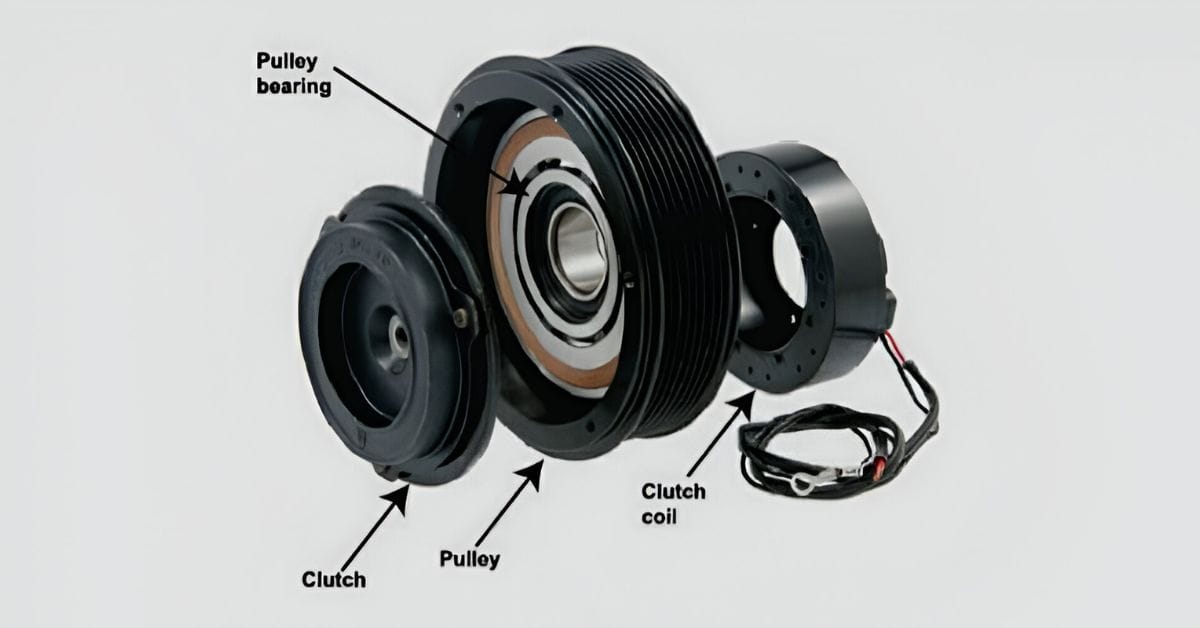
Hey there, DIY enthusiasts! Today, we’re rolling up our sleeves and diving into a task that might seem daunting at first, but with the right tools and a bit of know-how, you’ll be mastering it in no time – jumping a 3-wire AC pressure switch in your car.
In general, to jump three-wire AC pressure switches, follow these steps.
- Step 1: Start by examining the pressure in the AC system using the Schrader valve on the accumulator to detect potential leaks.
- Step 2: Engage the engine, disconnect the wiring from the pressure sensor, and use a jumper wire on the sensor connector to assess the functionality of the clutch.
- Step 3: Conduct a short test by connecting the jumper wire to check if the compressor clutch engages properly.
- Step 4: After bypassing the switch, monitor the AC system for cooling signs, especially checking if the accumulator starts to get cold.
So, let’s gear up, follow safety first, and get ready to tackle this project together, step by step. Ready to turn that car problem into a ‘problem solved’? Let’s get started!
Understanding the 3-Wire AC Pressure Switch
Let me break it down for you. Essentially, when we’re talking about a 3 Wire AC Pressure Switch, we’re diving into the heartbeat of your AC system.
This little gadget is all about monitoring the pressure of the refrigerant flowing in your system. Think of it as your AC’s guardian, ensuring everything runs smoothly and efficiently.
So, how does this guardian function? It’s quite brilliant. The switch has three essential wires: one for power, another for reading pressure signals, and the last one for grounding.
Together, they work harmoniously to keep an eye on the refrigerant pressure. If the pressure’s too low or too high, the switch kicks in to protect the compressor from working too hard or not working enough.
Why should you care about this? Well, maintaining the right pressure is crucial for optimal AC performance. If it is too low, your system won’t cool your space effectively.
It is not a cheap fix if it’s too high and you look at potential damage to your compressor. Knowing how to jump a 3-wire AC pressure switch can be a real game-changer. It can help you temporarily bypass the system’s usual checks to get your cooling system back on track.
Remember, though, this is a temporary fix. It’s like putting a band-aid on a leaky pipe. Sure, it’ll hold for a bit, but it’s not a permanent solution. Your goal should be to identify why your AC’s pressure isn’t ideal and address the underlying issue.
How to Jump 3 Wire AC Pressure Switch
Let’s get down to business and talk about how to jump a 3-wire AC pressure switch. Here’s the step-by-step process I’ve used in the past. Remember, accuracy and safety come first!
Step 1: Check the AC System Pressure
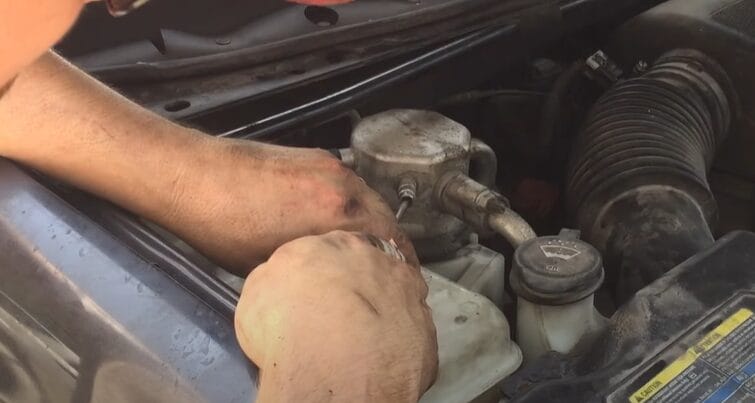
- First things first, I checked if there was any pressure in the AC system. I used the Schrader valve on the accumulator for this. A little pressure there hinted at a possible slow leak.
Step 2: Test the Compressor Clutch
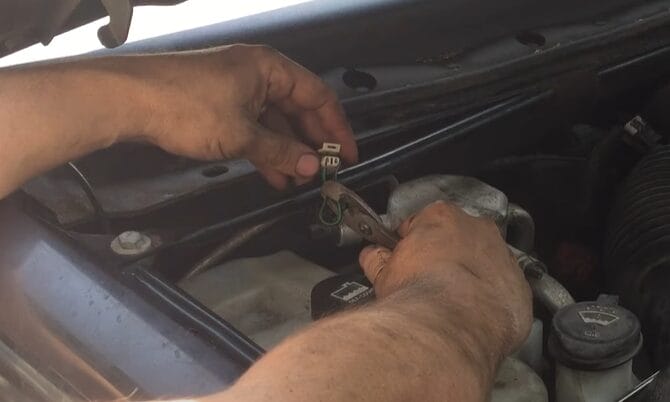
- I started the engine and disconnected the wiring harness from the pressure sensor. Using a jumper wire, I bridged the terminals on the sensor connector. This was to create continuity and test if the clutch would engage.
Step 3: Brief Engagement Test
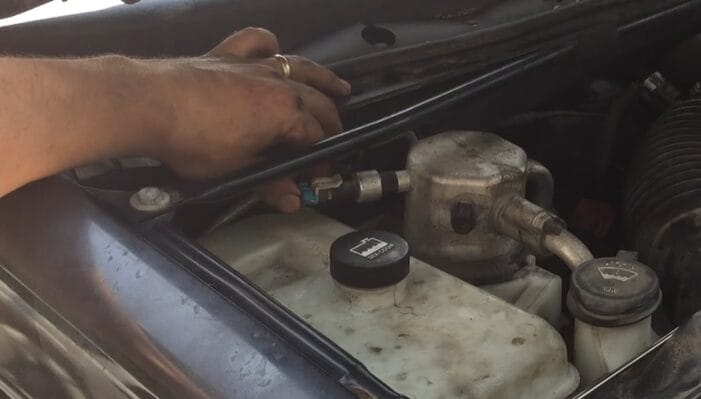
- With the jumper wire in place, I briefly engaged the clutch. Just a quick test to see if it would kick in. If the clutch engaged, it meant the compressor was probably okay.
Step 4: Observe the AC System’s Response
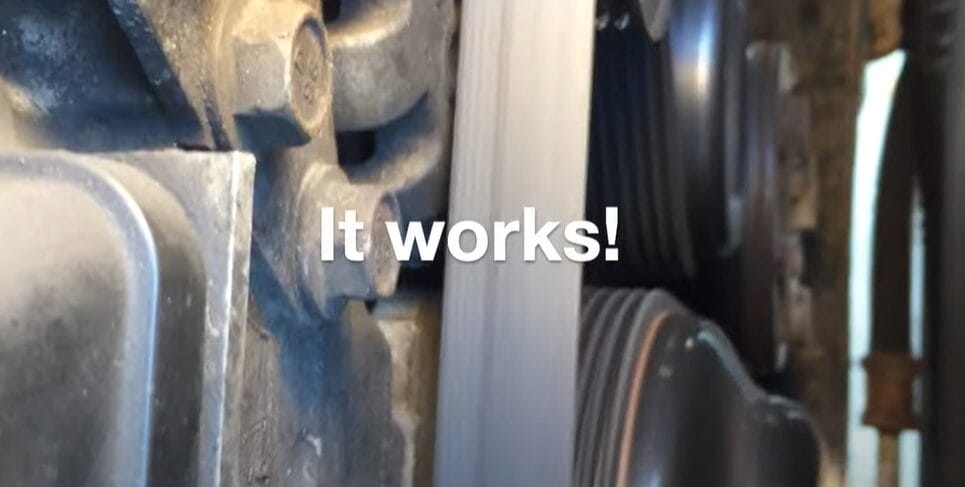
- After bypassing the switch, I checked for any signs of the AC system starting to cool. Feeling the accumulator getting cold was a good sign that things were moving in the right direction.
And that’s about it. Remember, cars can be quirky, and what works for one might need tweaking for another. Stay safe, don’t rush; there’s no shame in calling a professional if you’re ever in doubt. Good luck!
Troubleshooting Common Issues
Let’s get to the heart of the matter. Troubleshooting your AC’s 3-wire pressure switch can feel like solving a puzzle without the picture on the box. But don’t worry; I’ve covered you with some common issues and how to tackle them.
| Issue | Symptoms | Possible Causes | Suggested Fixes |
|---|---|---|---|
| AC Won’t Turn On | No response from the AC system | – Low or high refrigerant levels – Faulty pressure switch | – Check and adjust refrigerant levels – Replace the switch if necessary |
| Intermittent Operation | AC randomly turns off and on | – Dirty or worn-out switch contacts – Irregular refrigerant pressure | – Clean or replace switch contacts – Check for underlying refrigerant issues |
| Strange Noises | Clicking or buzzing sounds | – Electrical issues with switch or compressor | – Thoroughly inspect and address power issues |
| AC Blowing Warm Air | Lack of cold air from AC | – Inadequate refrigerant – Compressor issues | – Refill refrigerant – Inspect and repair compressor |
| AC Light Flashing | Flashing light on AC control panel | – Electrical fault or signal of malfunction | – Check electrical connections – Diagnose the system with a scanner |
| Pressure Switch Leakage | Refrigerant leaks around the switch | – Damaged pressure switch seals | – Replace the pressure switch or its seals |
| Rapid Cycling | AC frequently cycles on and off | – Incorrect pressure switch calibration | – Recalibrate or replace the pressure switch |
| No Clicking Sound | Lack of audible click from the switch | – Faulty switch or wiring issues | – Check switch functionality and wiring integrity |
Remember, while jumping a 3-wire AC pressure switch can be a quick fix, addressing these issues is essential to ensure your system runs efficiently.
When to Seek Professional Help
I’ve been around the block several times and seen what happens when DIY goes sideways. Jumping a 3-wire AC pressure switch might seem like a walk in the park, but let’s be real; it can quickly turn into a sprint through a maze.
Sometimes, it’s best to call in the cavalry – a certified HVAC professional. Here’s how you’ll know it’s time.
- Refrigerant Level Uncertainties: First, if you’ve checked refrigerant levels and you’re certain they’re spot on, but the AC is still giving you the cold shoulder or not cold enough – it might be high time to ring up a pro. Refrigerant issues can be complex, and handling them incorrectly can do more harm than good.
- Persistent Strange Noises: Whether it’s a continuous clicking or a hum that sounds like a bee in a bottle, it’s a signal something’s not right. Besides, noise issues often point to deeper problems within the system that require specialized tools and know-how to diagnose.
- Intermittent Operation: If the AC turns on and off more than a yo-yo at a talent show. These symptoms could indicate a bigger fish to fry, often related to the system’s internal wiring or the compressor.
- Safety Concerns: Dealing with refrigerants and electrical components isn’t everyone’s cup of tea. If you feel out of your depth at any point, or if the task ahead seems like it requires more elbow grease and technical expertise than you’ve got, it’s OK to take a step back.
I always say that being a savvy homeowner involves knowing when to tackle a project and when to hand over the reins to someone with more experience. If you’re facing any of these issues, consider it your cue.
Frequently Asked Questions
- How Often Do AC Pressure Switch Issues Arise?
- It varies but is more common in older or heavily used vehicles. Regular maintenance can help catch these issues early.
- What Are Some Alternatives to Jumping a 3-Wire AC Pressure Switch?
- Consulting a professional mechanic or using diagnostic tools are good alternatives. Sometimes, a specialized approach is needed.
- Is This Task Safe for Beginners?
- Suppose you have basic mechanical knowledge and the right tools. But prioritize safety and consider professional help if uncertain.
- What Are the Risks of DIY Repairs on AC Systems?
- Incorrect handling can lead to further damage to the AC system or other car components. Always follow instructions carefully.
- How Do I Know If My AC System Needs More Refrigerant?
- Signs include reduced cooling efficiency and the AC not blowing cold air. A professional best checks it.
- What Should I Do If My AC Starts Blowing Hot Air After the Repair?
- This could indicate a refrigerant issue or a deeper problem within the AC system. It’s advisable to seek a professional diagnosis.
References
Organizations:
- National Institute for Automotive Service Excellence (ASE). https://www.ase.com/
- Automotive Service Association (ASA). https://www.asashop.org/
Books:
- “Automotive Heating and Air Conditioning (8th Edition)” by Tom Birch and Mark Schnubel. https://www.thriftbooks.com/w/automotive-air-conditioning_boyce-h-dwiggins/300484/
- “Automotive Air Conditioning and Climate Control Systems” by Steven Daly. https://www.abebooks.com/9789380931364/Automotive-Air-Conditioning-Climate-Control-9380931360/plp
- “Modern Automotive Technology” by James E. Duffy. https://www.abebooks.com/9781566376105/Modern-Automotive-Technology-James-Duffy-1566376106/plp
Website Resources:
- AA1Car.com. https://aa1car.com/
- HowStuffWorks – Auto Section. https://auto.howstuffworks.com/
Video References:
The Daninator
